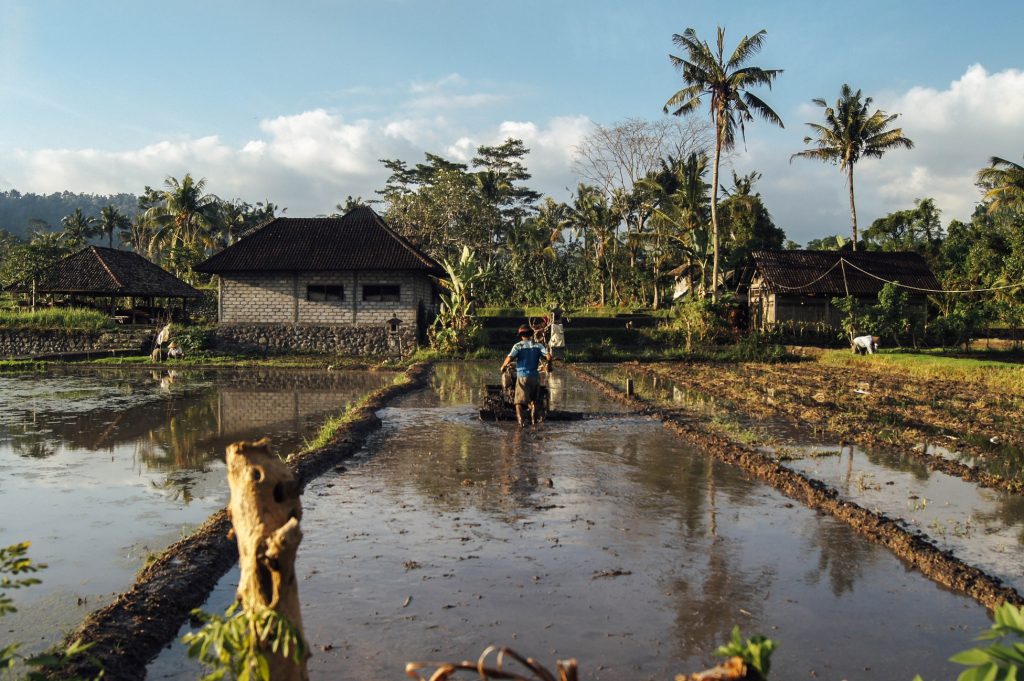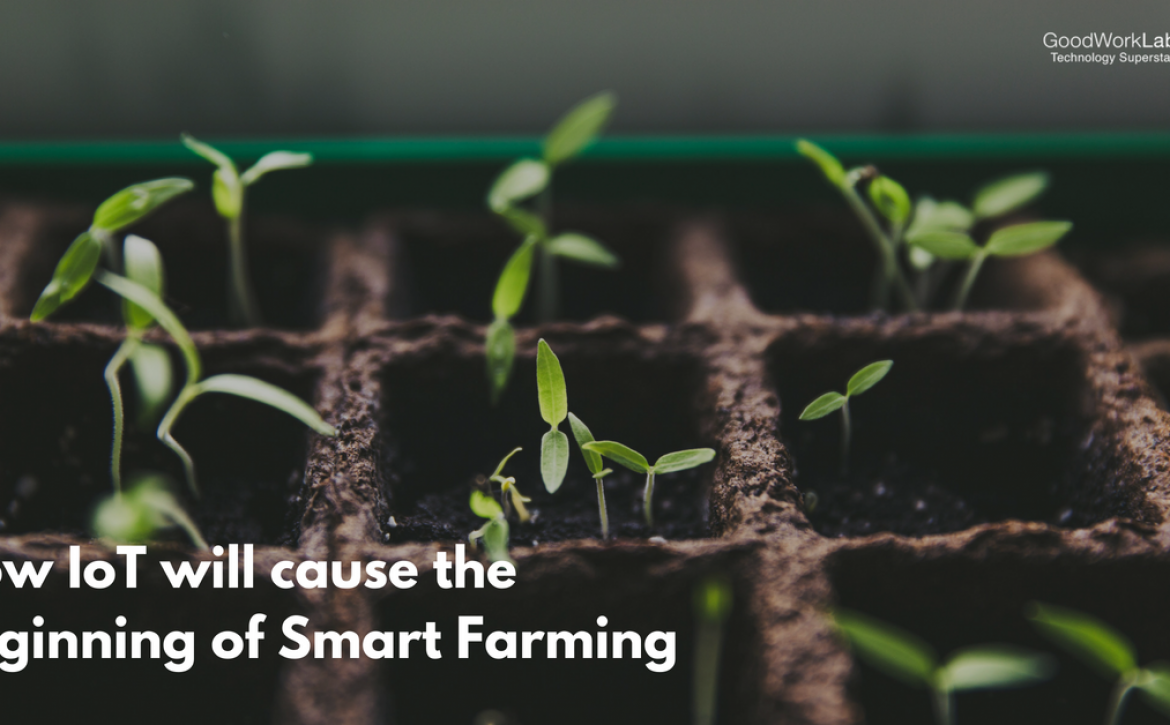IoT and the Dawn of Smart Farming
IoT and the Dawn of Smart Farming
Farming for millennia has been a concept that has helped humans thrive. Trough the innovation we have made with the most ancient platform of all called earth, we have been able to revolutionize the art of farming to yield better vegetables and cereals in massive quantities. From the simple and humble wooden plow pulled by bullocks to the modern-day multi-storeyed mega harvesters, we have indeed come a long way to reach a pinnacle of sorts in the field of agriculture. Yet, today all the advanced machinery and genetic advances fall short to cope up with our dominant population. So, to manage today’s needs we need something more advanced than any farming machine out there. Or maybe we need the combined capabilities all the farming related machines out there. And there is only one technology that comes to mind when thinking along those lines – The Internet of Things (IoT).

Applications of IoT in Farming Today
There are a quite a few agricultural machineries available today for each and every aspect of farming. Connected devices have allowed for a myriad of uses that have made things easier for farmers and in doing so have also increased productivity. Here are a few major applications of IoT in Agriculture that are implemented on a mainstream level.
Livestock Monitoring
In developed countries, ear tags among cattle are a common sight. In some countries, all cattle farmers have tagged their livestock. These devices are capable of providing the location of each animal along with identification. More modern technologies such as sensors in various parts of the body allow the farmers to monitor the vitals of their cattle. These devices when integrated with IoT provide all the information pertaining to each individual cattle including signs of diseases. These integrated devices will enable 24/7 monitoring of all the cattle and easily isolate hurt or diseased ones and separate them from the herd. However, there are several challenges in implementing this. The biggest one being that putting wireless devices into an animal’s body is not an easy task. Especially devices that are meant to monitor internal functions. The second issue would be the battery life as most devices are not designed with batteries that can last the lifetime of the livestock.
Precision Farming
Monitoring the crops and soil is a much simpler and easier process. There is a wide variety of tools and devices incorporate IoT to assist farmers in improving their products as well as maintain and monitor them. From sensors to automated harvesting machines, there are a lot of products that make life easier for farmers. Sensors are used to allow farmers to monitor the status of the soil. They can retrieve information such as soil Ph level, amount of fertilizer required and when the soil is ready for planting. These sensors can be connected using a grid which could relay the information from each part of the land and provide farmers with live updates of the soil. Similarly, crops are monitored both for security as well as to prevent pests and other damages. Cameras and sensors monitoring the crops are connected and guide other devices in the grid such as sprinklers, alarms, and pesticide dispensers to be activated as when required. Factors such as sunlight and wind conditions are also monitored. Information such as chlorophyll content, water stress, biomass content etc. are also obtained using these devices.
Farming Drones
Automation is applied to a great extent in farming today. A good example of this is the use of drones for various farming tasks such as irrigation, planting, spraying and so on. Both land-based, as well as flying drones, are applied extensively. These drones are capable of automating the entire lifecycle of the farming process with even full-time surveillance and real times updates of the same which will include details regarding moisture levels, the potential for pest attacks, the onset of weeds and so on.
What We Can Expect in the Near Future
Since all manner of robotics and automation is still evolving, there are many prospects in that territory. In the near future, we can expect an IoT system that will be able to predict several contingencies and scenarios derived from weather and climate prediction and allow farmers to implement the best methods at the right time. Using IoT based analytics soon farmers will be able to increase their productivity many times over. Even alternate and newer methods of farming could be discovered analyzing the best possible conditions and scenarios for each variety of crop. Even now there is a lot that farmers can learn from the data acquired from various connected farming devices.
Conclusion
Since we have an ever-increasing demand for all crops, mass production on a larger scale is soon going to become a priority for us. With the help of IoT, farmers will be able to cultivate more on less land and come up with techniques to grow faster. As of now, IT technology based farming has not yet reached countries like India and China who are the World’s largest producers of several crops. The proliferation of IoT and other IT-based technologies in farming across the world is a key factor in the years to come.



